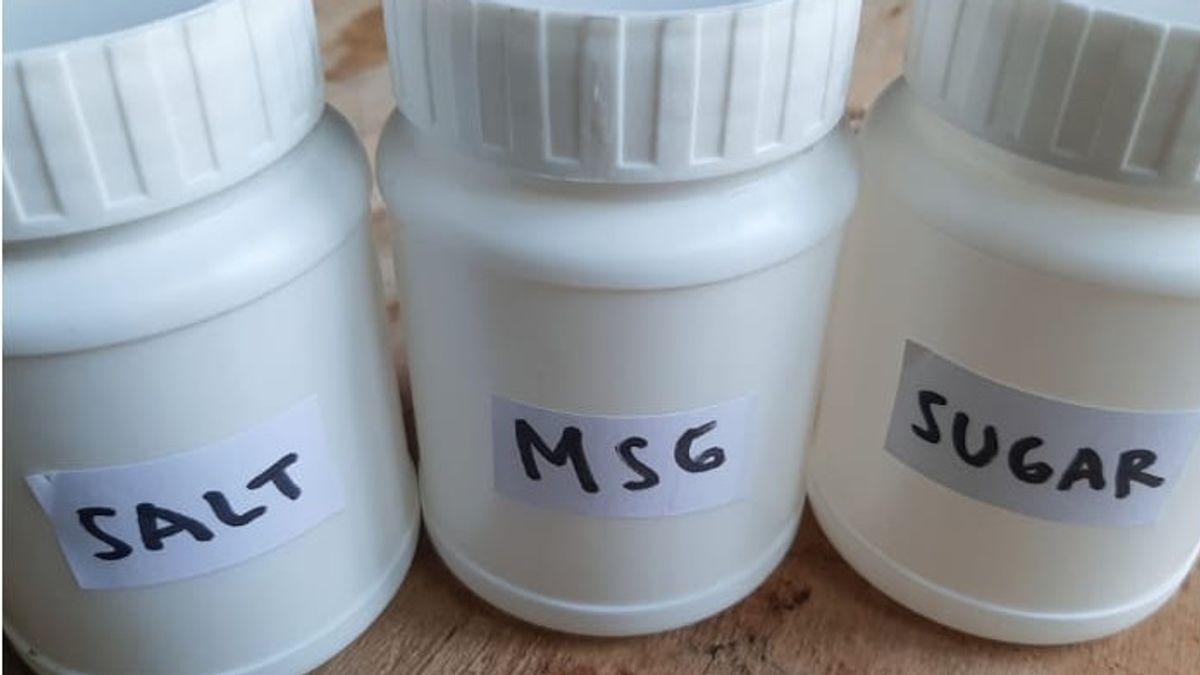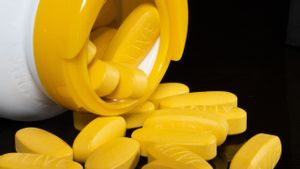JAKARTA - Some time ago the Singaporean government pushed its citizens to switch from ordinary salt to a low sodium alternative. Reporting from Channel News Asia (CNA), Singaporeans consume an average of 3,600 mg of sodium. In fact, the daily limit for sodium consumption by the World Health Organization (WHO) is 2,000 mg.
Singapore's National Population Health Survey in 2020 said this was a major factor in cardiovascular disease, stroke, and others. This trend also applies to all age, gender, and ethnic groups.
Similar to Singapore, Indonesia also applies an upper limit on sodium consumption at 2,000 mg per day. This limit is regulated by the Ministry of Health of the Republic of Indonesia. Sodium consumption in Indonesia is also increasing and of course causes various health problems. Are other natural salts healthier?
Himalayan pink salt, salt kosher, or sea salt is some natural salt brand that is the choice of the community because of its alleged health benefits. In fact, this type of salt does not have a significant difference in nutritional content compared to ordinary table salt. In fact, the price is very expensive compared to salt in general. It is known that Himalayan pink salt contains more potassium compared to table salt. Kosher salt is similar to table salt and does not contain mineral or iodine tracks.
"The presence of this mineral is very small and does not add much nutritional value. It is better to get this mineral from other healthy foods for more real health benefits," saidLAd Stephen, a senior nutritionist at the Singapore Polytechnic's Food Innovation and Resource Center.
Can MSG be an alternative to salt? The assumption that MSG was harmful to health began in the 1968s. At that time, a US doctor wrote a letter to a medical journal entitled "Chinese Restaurant Syndrome".
In the document, he describes symptoms such as numbness behind the neck, general weakness, and palpitation heart. He suspects MSG, along with other ingredients such as cooking wine and sodium in high numbers, may cause these symptoms.
This assumption is now starting to fade with new further research. MSG or monosodium glutamate can actually be produced by humans without being obtained from food. MSG is also found in various natural food ingredients such as tomatoes, mushrooms, and onions.
Interestingly, MSG only contains about 12 percent sodium rather than regular salt. Even so, the taste of umami and salt can be felt more when using MSG than salt. Recent research also proves that MSG can be a substitute for salt in packaged foods such as snacks or soup. With MSG, sodium content can be reduced by 30-50 percent.
관련 항목:
How do you ensure delicious foods if you use less salt or switch to a low-sodium alternative? President of the Association of Singaporean Nutritions and Diets, Dr. Kalpana Bhaskaran, said that salt substitution with low-sodium variants would not sacrifice too much taste. In fact, recent research has shown that people with a diet of sodium intake would prefer low-salt foods.
Interestingly, it only takes two to three weeks to adjust low-salt foods. The use of spices, fresh spices, oranges, vinegar, and others can be used to increase the taste.
In addition, shallots, garlic, ginger, and spices such as turmeric, pepper, and chili can also highlight the taste and aroma so that it makes food more delicious without the need for additional salt.
Well, reading a nutritional label can help a person make clearer choices when comparing food products based on the sodium content. Reduce sodium consumption when eating outside. For example, ask for less salt or sauce when ordering fried rice, dredging vegetables, or other street snacks. Avoid adding salt available on the table, yes!
The English, Chinese, Japanese, Arabic, and French versions are automatically generated by the AI. So there may still be inaccuracies in translating, please always see Indonesian as our main language. (system supported by DigitalSiber.id)
















